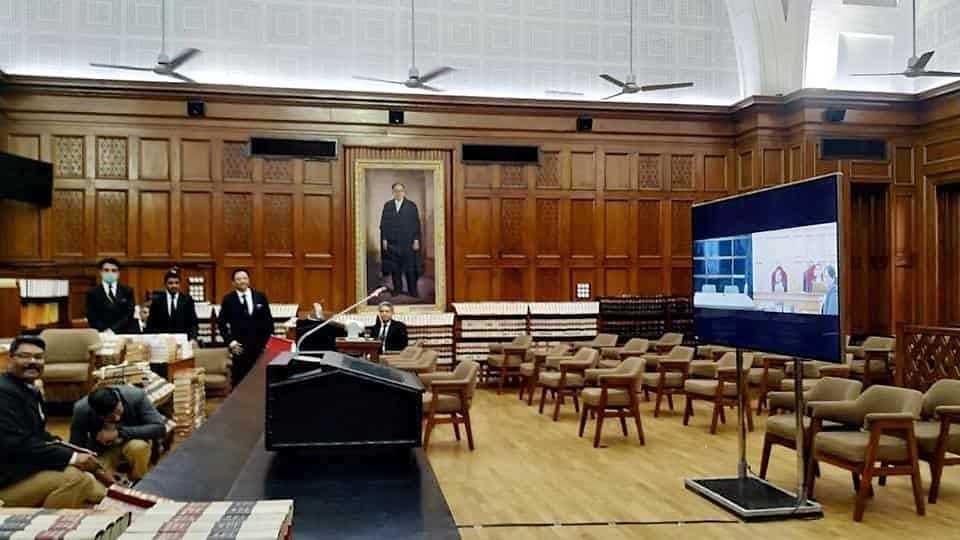The recent LAT decision of S.G. and Unifund, 16-000879/AABS by Adjudicator Anna Truong should be seen as a win for proper procedure and that the LAT will follow the Heath analysis of non-earner benefits.
The Applicant was pursuing non-earner benefits, a rehabilitation benefit, a special award, and costs. Prior to the written hearing on November 16, 2016, Unifund raised a preliminary issue seeking to exclude the updated clinical notes of the Applicant’s psychologist and an orthopaedic surgeon report that had not previously been disclosed or produced to Unifund until they were included in the Applicant’s Reply on November 3, 2016. The Case Conference Report required the claimant to submit her submissions no later than October 4, 2016 and a Reply no later than October 31, 2016. The applicant initially provided no explanation as to why her submissions were late.
In deciding to exclude the reports, Adjudicator Truong did not accept the applicant’s argument that she only received the two records on November 1, 2016 and that despite the Case Conference Report’s timelines, she was in compliance with Rule 9.3 as they were disclosed more than 10 days before the written hearing. Adjudicator Truong noted that Rule 9.3 contemplates deadlines imposed by any Order of the Tribunal and noted that the Case Conference Report had the weight of an Order. Therefore, parties were required to comply with the deadlines set out in them. Although the Applicant claimed the Case Conference Adjudicator had indicated that documents could be submitted “within a few days” of the deadline, Adjudicator Truong had no evidence on this point and did not accept the argument.
The Adjudicator also reprimanded the Applicant for failing to raise these two documents at either of the two previous Case Conferences. She found that raising these issues at the Case Conference, “would have allowed the case conference adjudicator and the Respondent to adequately deal with these documents. Waiting until the Reply to disclose these documents for the first time amounts to sharp practice and it is against the Rules.”
In turning to the substantive issue of the non-earner benefit, the Adjudicator appropriately identified the Court of Appeal’s decision in Heath v. Economical as outlining the relevant test for the non-earner benefit. In particular she indicated the following analysis should be followed:
- There must be a comparison of the Applicant’s Activities and life circumstances before the accident to those post-accident.
- The Applicant’s activities and life circumstances before the accident must be assessed over a reasonable period prior to the accident. The duration is case dependent.
- All of the pre-accident activities will be considered but greater weight will be given to the activities of greater importance to the Applicant.
- The Applicant must prove that his/her accident related injuries continuously prevent him/her from engaging in substantially all of his/her pre-accident activities. The disability or incapacity must be uninterrupted.
- “Engaging in” is a qualitative analysis and requires more than simply going through the motions.
- If pain is the primary reason the Applicant cannot engage in activities, the question is whether the pain practically prevents them from performing those activities, rather than physically.
The Adjudicator emphasized that the test requires that the claimant is impaired in substantially all of her pre-accident activities.
The hearing was conducted fully in writing. It does not appear that any affidavit evidence was submitted. The Insurer provided several section 44 reports which indicated the claimant did not suffer a complete inability to carry on a normal life. The Applicant only provided a psychological report, and two disability certificates of the family doctor in support of her claim.
In assessing entitlement, the Adjudicator found that the claimant was a homemaker and mother of four prior to the accident, and continued to be a homemaker and mother of four after the accident. Despite accepting the claimant suffered some impairments, notably a Major Depressive Disorder, the Adjudicator found that the claimant continued to be independent of her personal care, continued to be independent in all housekeeping activities except cleaning the toilet, continued to visit her friends, continued to drive, continued to care for her children, and continued to be able to sit, stand, and walk for 30 minutes at a time.
Adjudicator Truong found that on the balance of probabilities, the Applicant had failed to prove she continued to suffer from a complete inability to carry on a normal life.
She also found that the proposed treatment and assessment plan was not reasonable or necessary as the Applicant made no submissions and pointed to no evidence to support her position. The Adjudicator disagreed with the claimant’s argument that the Tribunal should award the treatment plans on “compassionate grounds” as this was not a remedy available to the Applicant under the Schedule and she failed to point to any legislation or jurisprudence which supported that argument.
In dealing with the request for a Special Award, the Adjudicator noted the Applicant relied on s. 282(10) of the Insurance Act which had since been repealed. However, she addressed section 10 of the Ontario Regulation 664 which dealt with special award. As nothing was found payable, no award could have been sought.
In addressing costs, the Adjudicator noted that the Applicant relied on section s. 282(11) of the Insurance Act which had since been repealed. However, the Adjudicator reviewed Rule 19.1 for awarding costs and noted that costs were an exceptional remedy with a high bar. She declined to award any costs.
In addition to affirming that non-earner benefits remains a high bar to meet, this decision should be seen as a strong message to parties that Case Conferences Reports should be followed and that the LAT may not accept late documents. The Applicant’s failure to comply with the Case Conference timelines resulted in the exclusion of supportive evidence. The Case Conference is a party’s opportunity to address the issues in dispute and raise any pending issues, such as delayed expert reports. Failure to do so may result in significant prejudice to the defaulting party. On all issues, this decision demonstrates that evidence drives the day.
On a parting note, it is worth noting that the LAT continues to treat costs as an “exceptional remedy” that carries a high bar. Although there was no evidence to support costs for the Applicant, it is interesting that despite the finding of sharp practice, which arguably resulted in additional costs for the Insurer, no costs were pursued in relation to the late submission of the report. Going forward, Insurers should consider including a claim for costs in their submissions where one party fails to comply with mandated time lines.




